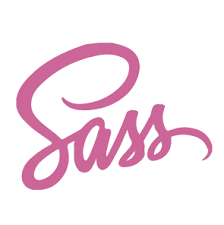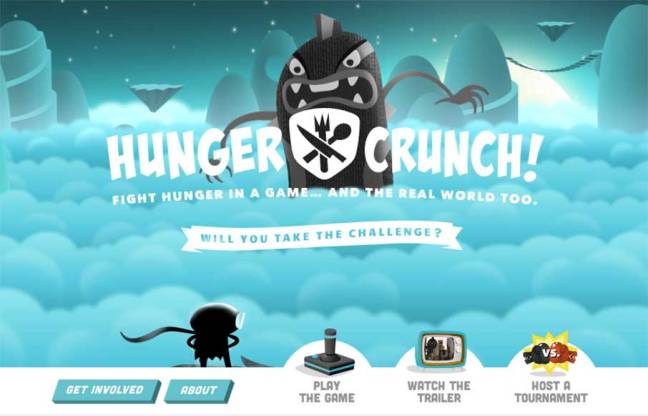So today, I was learning about Sass(SCSS) from David and CodePen from Kristen. But what exactly are these programs and how do they work? First, Sass, Syntactically Awesome StyleSheets, is a preprocessor of CSS that allows the developer to have more control over their CSS codes. When CSS files start to get larger Sass allows those files and stylesheets to be maintained much faster. It can also perform functions like calculations, color, font, and nesting operations. It can then be saved as a normal CSS file for your website.

For those who want to try out Sass, click this link to everything set up by using Sass Basics. Note that you must install Ruby before you can have access(unless you have a Mac).
The next thing to talk about is CodePen. CodePen is a web-service that allows users to share code with other developers of the same service. They can also search for other developer’s codes for ideas and display their own code, acting as both a resume for those who would want to hire you and a portfolio. This link tells you a little more about CodePen and how it works.
Node.js

//assets.codepen.io/assets/embed/ei.js
Sources:

